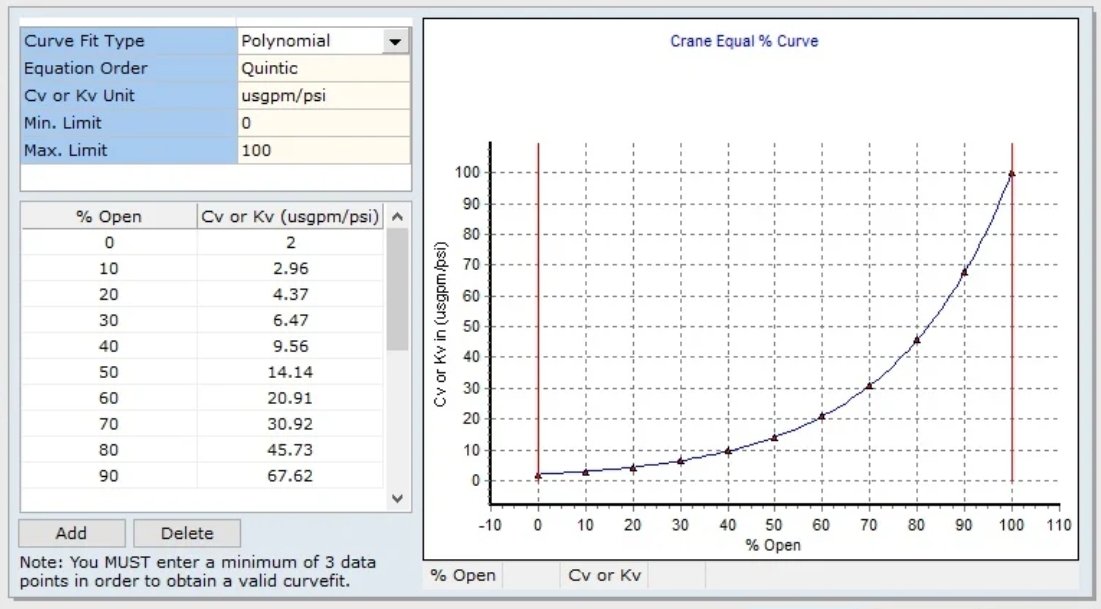
(source:FluidFlow)
Modeling plays a crucial role in predicting the performance of various valve sizes, as each valve possesses unique geometrical properties. To accurately forecast how different valve sizes will perform, an in-depth and comprehensive modeling program is essential. Testing a variety of valve sizes and applying specific modeling criteria can provide insights into the expected performance of other sizes without needing direct measurements for each valve.
One direct way to determine valve performance is through laboratory testing. However, this approach can become impractical when dealing with large valves, as multiple variables can extend test durations, and specialized facilities may not always be available. For example, wind tunnels are typically used for performance predictions of small, fixed objects. But valves, especially those with moving internal parts, add complexity to the modeling process, making straightforward testing less feasible.
Large valves, like those measuring 48 or 72 inches, pose specific challenges. Direct testing might not be practical unless a scalable geometric model of the valve could be assessed. Through modeling, variables like resistance to flow, flow areas, component thickness, inertia, spring forces, and loop flows could be incorporated, allowing predictions to become made based on validated models instead of direct physical tests.
In summary, modeling helps predict valve performance by allowing manufacturers to simulate various conditions and valve parameters, thereby overcoming the practical limitations of direct physical testing. This approach ensures accurate performance predictions for a wide variety of valve sizes.












































